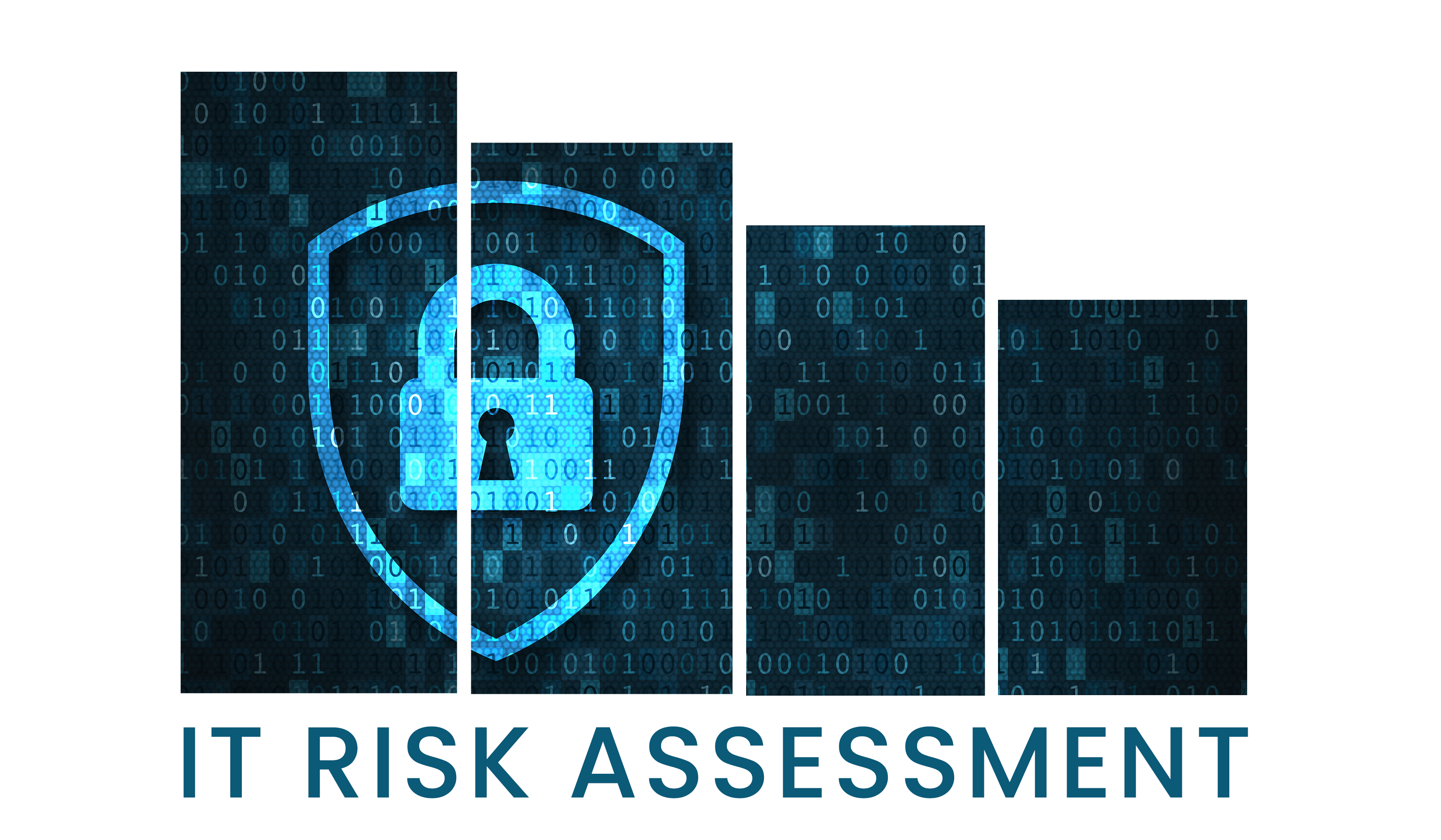Cybersecurity in 2023: Principle 4 — Meaningful Metrics and Reports
This blog post is our 4th post in our 5 Principles Blog series. We've come up with a new way to make security for organizations easier and more...

Here are four key takeaways from the blog:
Check out the Cyber Risk Management Model that examiners reference below
Cyber risk quantification enables organizations to assess and measure cyber risks in clear, quantifiable terms, providing a structured framework to align cybersecurity strategies with business goals and inform risk mitigation decisions.
Quantifying cyber risk means turning the abstract idea of "cyber threats" into concrete numbers. Instead of just guessing how much a cyberattack might cost or relying on gut feelings, you can use data and calculations to estimate the financial impact of potential cyber incidents, like a ransomware attack or a data breach.
Before they can quantify cyber risks, there are a few key things you’ll need.
First, you’ll need a clear inventory of your digital assets, such as customer data, software systems, or intellectual property, so you know what you’re protecting.
Second, gather historical data on cyber incidents and industry trends to estimate the likelihood of specific threats.
Third, you’ll need tools or frameworks to help analyze this information, such as specialized software or expert input.
Finally, it’s important to involve both IT and business teams to ensure the process reflects both technical realities and business priorities.
Financial institutions find themselves at a crossroads - should they continue to rely on vague estimations of risk, or embrace the power of cyber risk quantification to measure risk with precision and make decisions with confidence? Here are four compelling reasons why quantifying your cyber risk is not just a choice, but a strategic imperative.
Informed Decision-Making and Resource Allocation: Cyber risk quantification provides financial institutions with a solid foundation for making well-informed decisions about their cybersecurity investments. By leveraging cyber risk quantification software, they can address actual vulnerabilities and threats rather than hypothetical scenarios. This means steering investments away from hypothetical worst-case scenarios and towards addressing the actual vulnerabilities and threats that have the potential to inflict real harm.
Enhanced Risk Communication: The language of numbers transcends technical jargon, making it easier for stakeholders across the organization to understand the gravity of cyber risks. With cyber risk quantification, you can communicate the potential impacts of cyber threats in clear, financial terms that resonate with executives, board members, and decision-makers. This facilitates a more productive conversation around risk management, enabling strategic alignment and informed discussions on risk tolerance.
Effective Cybersecurity Planning and Strategy: With cyber risk quantification, institutions can identify critical vulnerabilities and implement targeted risk mitigation strategies. Armed with these insights, financial institutions can develop a proactive cybersecurity strategy. By identifying the most critical vulnerabilities and quantifying their potential financial impacts, organizations can tailor their defense mechanisms to address these specific threats. This approach fosters a comprehensive risk mitigation strategy that is both targeted and efficient, safeguarding valuable assets and sensitive data.
Scenario Analysis and Preparedness: Scenario analysis enabled by automated cyber risk quantification tools allows organizations to test strategies and minimize potential disruptions. By preparing for a range of scenarios, institutions can minimize the potential disruption and financial fallout that often accompany cyber incidents.
By quantifying cyber risk, financial institutions empower themselves to make informed decisions, communicate effectively with stakeholders, and proactively defend against evolving threats. The path forward is clear: embrace cyber risk quantification as a cornerstone of your cybersecurity strategy, and build trust with your executive team and Board of Directors. Connect with us to see how we can support your strategy with our streamlined approach to cyber risk quantification.
Check out the Cyber Risk Management Model that examiners reference below

This blog post is our 4th post in our 5 Principles Blog series. We've come up with a new way to make security for organizations easier and more...

1 min read
Here are the key takeaways from this blog: IT risk assessments are foundational for financial institutions to proactively identify vulnerabilities,...

Financial technology companies, more commonly referred to as FinTechs, face many threats from a wide variety of sources. If you understand the...